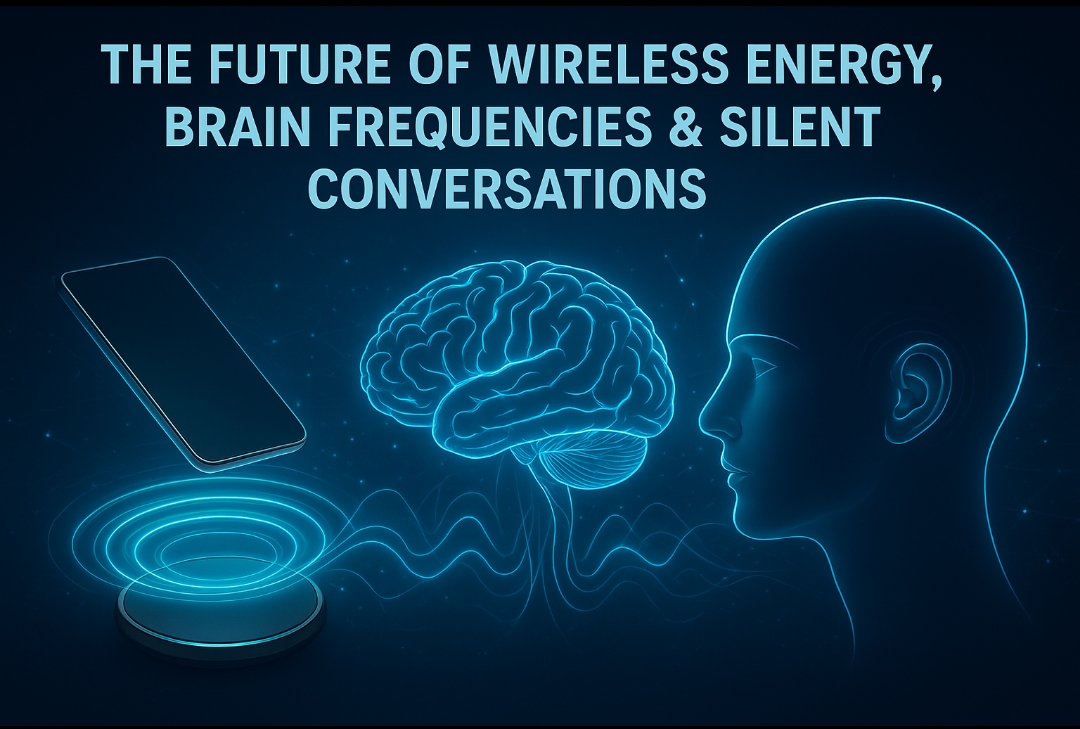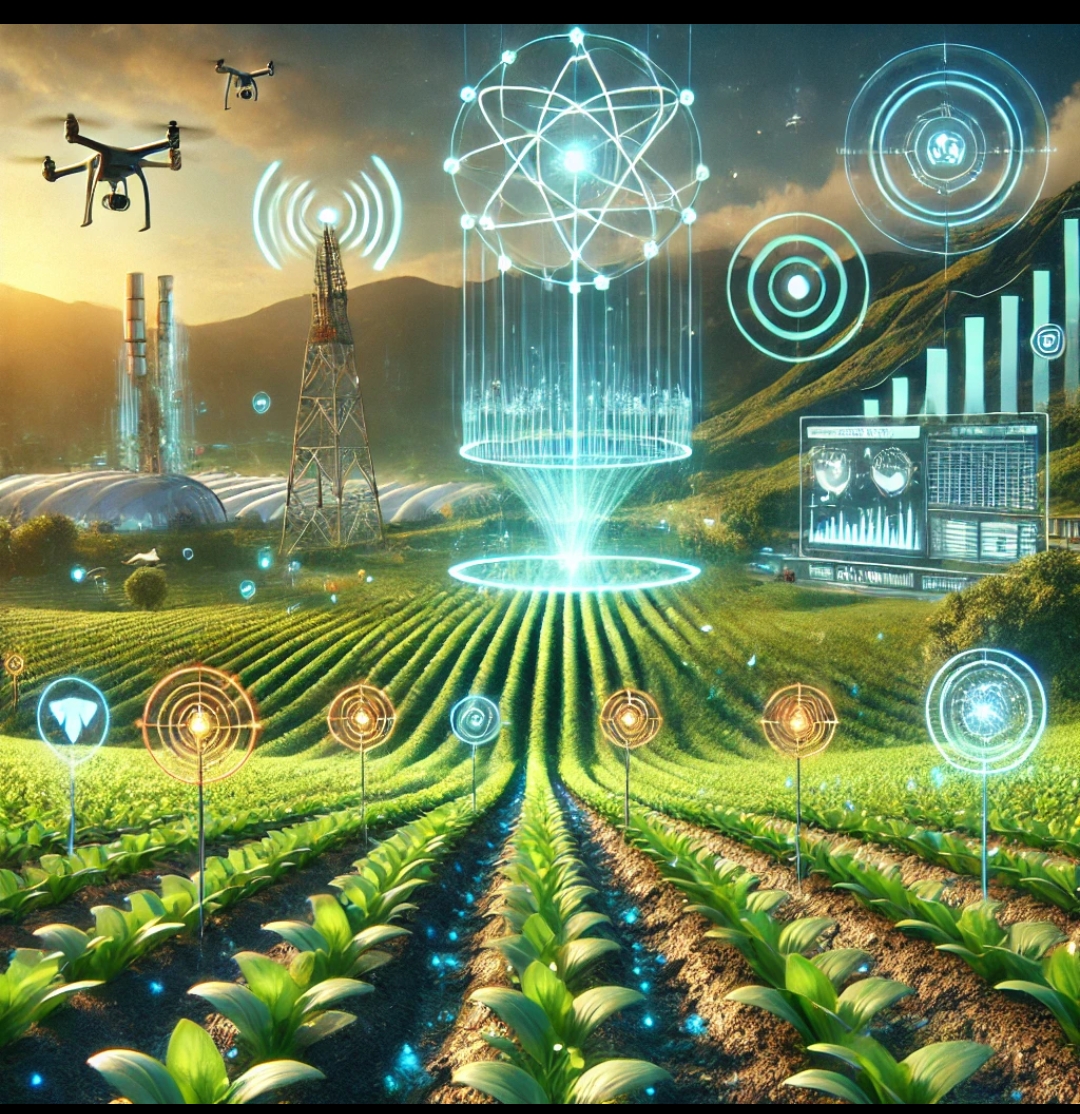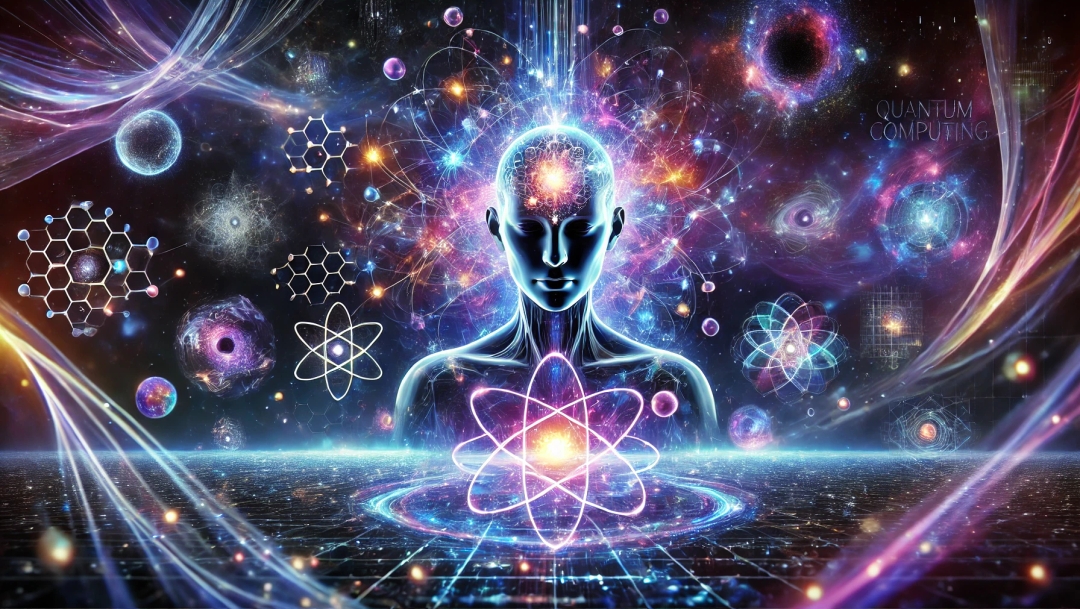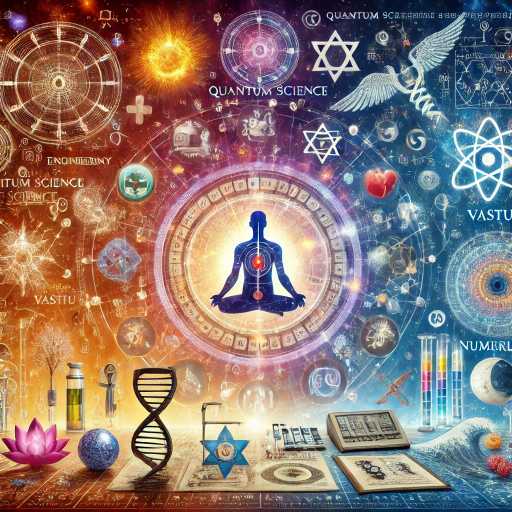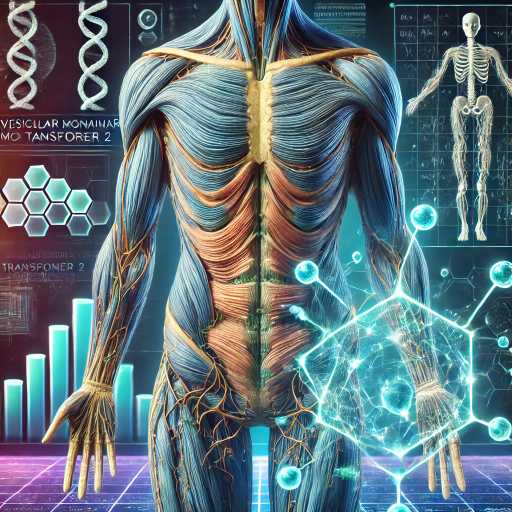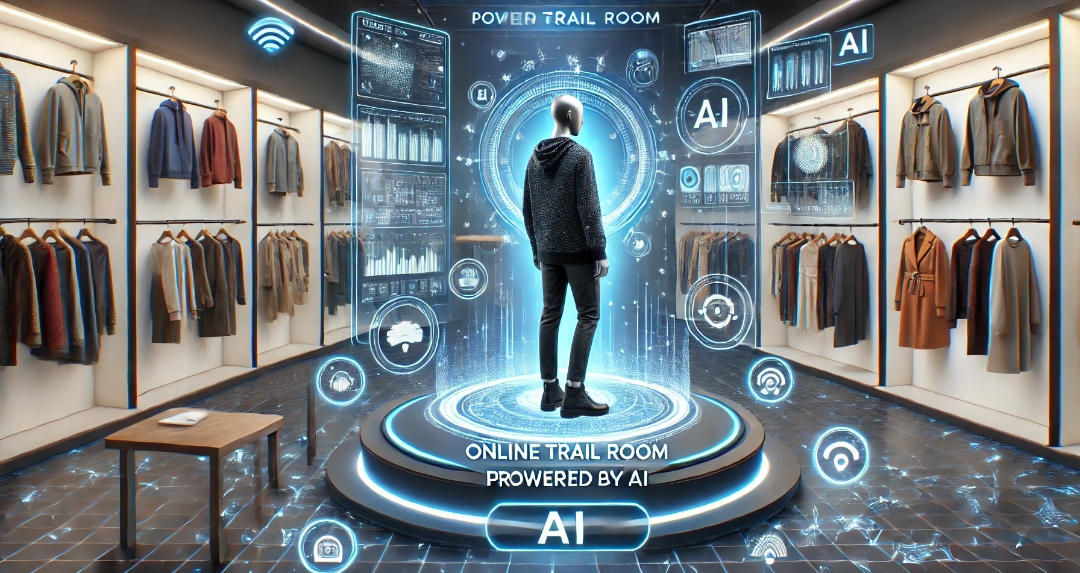The manipulation of time within the continuum of a single moment possesses a remarkable power—a power often likened to a prism refracting light, dispersing the essence of an event into a kaleidoscope of interpretations. This phenomenon transcends mere observation; it entails the capacity to actively engage with the world by fragmenting a split-second occurrence into a myriad of constituent elements or, conversely, merging a series of intricate events into a singular, fleeting instance. Through such acts, we partake in a perceptual metamorphosis that reaches far beyond the surface. It delves into the very essence of how we perceive, comprehend, and interact with our surroundings. This transformation of perception is not isolated or restricted to specific domains; rather, it permeates diverse realms of human existence, leaving an indelible imprint on the intricate fabric of our cultures and societies. Whether we dissect a moment or amalgamate multiple instances, the ripple effect extends into the collective consciousness of our world, influencing everything from news reporting to educational curricula and, indeed, the very dynamics of our families and international diplomacy.
When we delve into the art of splitting a moment, we embark on a meticulous dissection of an event, peeling back its layers with a precision akin to the examination of a delicate organism under a microscope. This meticulous scrutiny reveals complexities that often evade the unaided eye. In the realm of news reporting, this dissection is palpable; it’s the difference between a cursory glance and a deep exploration. A single news event, when parsed into its constituent aspects, often unveils intricate layers of meaning and significance. Consider, for instance, a natural disaster. When we split this event into its constituent elements, we discover not only meteorological facts but also the deeply human stories of resilience, loss, and recovery. By breaking down the event into its fundamental components, news outlets provide a comprehensive understanding that extends far beyond surface observations, enriching our grasp of the world’s intricacies.
Moreover, this process of splitting events aligns with our innate human curiosity and analytical abilities. It encourages us to explore the nuanced facets of an occurrence, fostering critical thinking and a deeper comprehension of the world around us. We engage in a profound exercise of deconstruction, akin to peeling back the layers of an onion to uncover its innermost core. This analytical approach, often accompanied by a willingness to confront uncomfortable truths and multifaceted perspectives, can lead to a more informed and empathetic society.
Conversely, merging multiple events into a single, fleeting moment can be equally transformative. It is akin to distilling the essence of a complex symphony into a single note—a synthesis that demands the chiseling of extraneous details to reveal the core melody. In media and storytelling, this art of synthesis plays a significant role. A biographical film, for instance, condenses a lifetime of experiences into a concise narrative. While details are inevitably omitted, the synthesis serves as a prism, illuminating the overarching themes and character arcs, enabling audiences to connect on a deeper, emotional level.
The implications of these perceptual alchemies are far-reaching, especially in the domains of news and media. News agencies wield the power to influence public opinion and shape societal attitudes. The choice to split or merge events can accentuate or downplay specific aspects, molding the narrative to align with a particular perspective or agenda. For example, in political reporting, splitting an event into its discrete moments allows for nuanced analysis. However, this can be manipulated to emphasize certain elements while downplaying others, skewing the perception of the event. Conversely, merging diverse events can simplify complex issues, offering a condensed narrative that may fail to capture the full spectrum of perspectives. Furthermore, the decision to split or merge events is not devoid of ethical considerations. It raises questions about the responsibility of media outlets in shaping public discourse. When events are fragmented, there is a need for transparency and a commitment to presenting a balanced view. On the other hand, merging events can risk oversimplification and the omission of critical details, which may hinder a comprehensive understanding of complex issues.
The impact of splitting and merging events extends to our educational curricula. Educational materials are designed to impart knowledge and cultivate critical thinking. However, the choice of how events are presented can significantly influence students’ understanding and worldview. When events are dissected and presented as isolated incidents, students are encouraged to explore the nuances, fostering critical thinking and analytical skills. They are prompted to ask questions, consider multiple perspectives, and engage in a deeper exploration of the subject matter. This approach aligns with the principles of comprehensive education, where the goal is not just to transfer knowledge but to nurture independent thinkers who are equipped to navigate the complexities of an ever-evolving world. Conversely, merging events into succinct narratives can provide a broad overview but may risk oversimplification, potentially stifling the development of nuanced perspectives. Students may be deprived of the opportunity to delve into the intricacies of a topic, limiting their ability to analyze complex issues critically.
The influence of these perceptual techniques transcends individual perception; it ripples through the cultural fabric. The stories we tell, the histories we recount, and the narratives we emphasize shape our collective identity. Cultures are not static; they evolve in response to the narratives they internalize.
When a society predominantly experiences split-second events as fragmented elements, it fosters a culture of critical examination and multifaceted perspectives. Citizens are more likely to engage in informed discussions, consider diverse viewpoints, and participate actively in shaping the direction of their society. This diversity of thought fosters innovation, tolerance, and adaptability.
Contrarily, cultures that predominantly encounter merged events may prioritize simplicity and cohesion, potentially resisting complex or dissenting viewpoints. While cohesion can be valuable in certain contexts, it also carries the risk of stifling diversity and discouraging critical inquiry. Cultures that emphasize synthesis over dissection may struggle to adapt to evolving challenges and changes in societal norms.
The ramifications of this perceptual manipulation reverberate through the intricate tapestry of societal dynamics. Within the microcosm of family interactions, how we perceive and interpret events influences communication and relationships. Family members who employ nuanced perspectives may engage in more open and constructive dialogues, while those favoring simplicity might gravitate toward consensus. This dynamic extends to larger social units, shaping the collective discourse within communities, nations, and international organizations.
On a macroscopic scale, diplomatic negotiations are profoundly influenced by perceptual strategies. Diplomats adept at splitting events into constituent elements may navigate intricate international disputes with a finesse that considers the myriad perspectives at play. Conversely, those adept at merging events into streamlined narratives might prioritize swift resolutions but risk overlooking underlying complexities. This can lead to diplomatic agreements that lack the depth necessary for long-term stability.
In the grand mosaic of human existence, the art of perception—the act of splitting and merging events—serves as a transformative brushstroke that colors our understanding of the world. News and media shape our collective consciousness, while educational curricula mold the perspectives of future generations. These perceptual choices echo through our cultures, influencing everything from family dynamics to international diplomacy. Recognizing the power of splitting and merging events is not merely an academic exercise but a call to vigilance. In an era where information flows incessantly, our ability to dissect and synthesize events profoundly shapes the narratives we construct. It is incumbent upon us, as both consumers and purveyors of information, to wield this power judiciously, fostering a world where nuance and simplicity coexist harmoniously in our understanding of the complex tapestry of existence.
In the aftermath of our explorations into perception’s intricacies, let’s face this stark truth that the world we inhabit mirrors the choices we make. The power to split and merge events is a double-edged sword, one that can illuminate or distort, inspire or deceive. As we move forward, let us do so with unflinching resolve, fully aware of the responsibility that comes with our ability to shape narratives. In this crucible of perception, our actions, both as consumers and purveyors of information, will define the legacy we leave—a legacy that can either fortify or fracture the very foundations of our shared existence.




